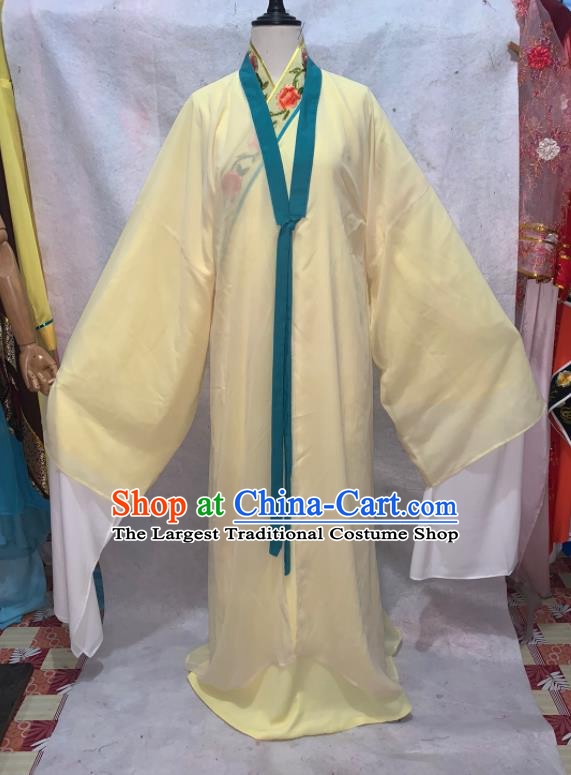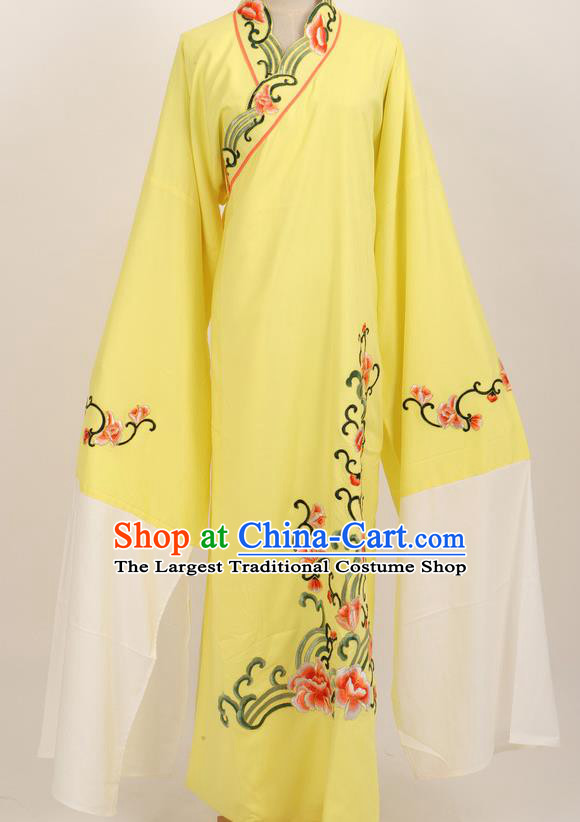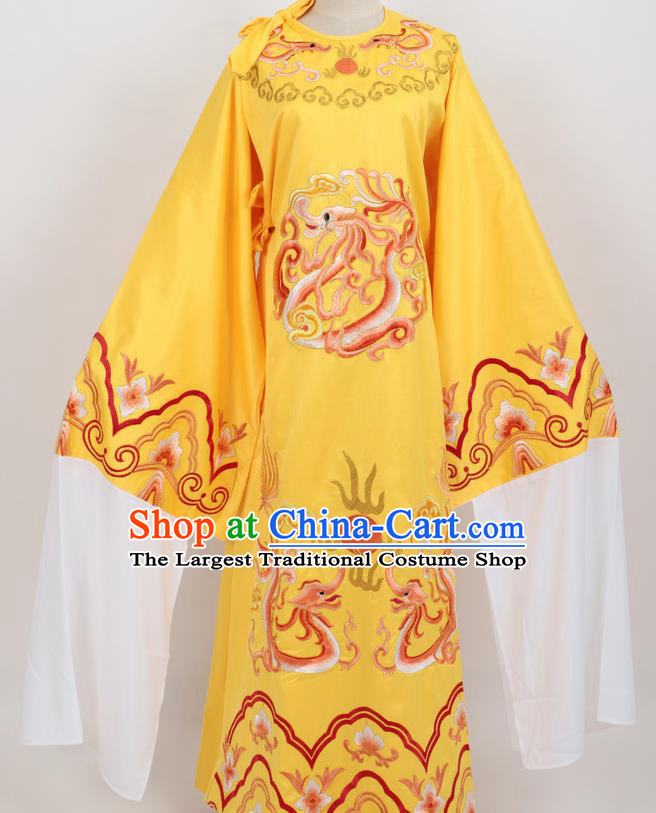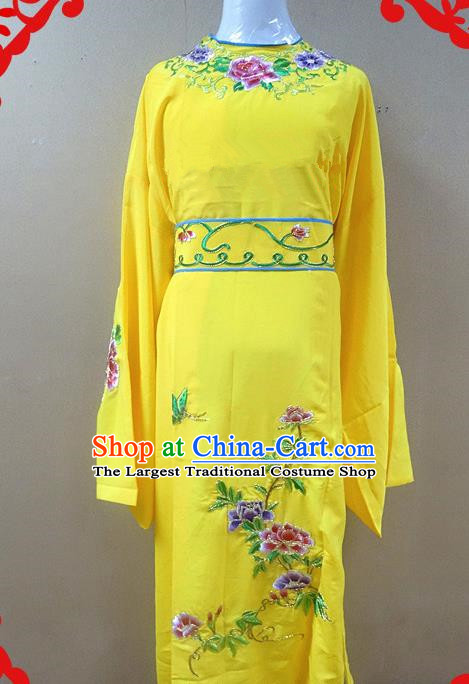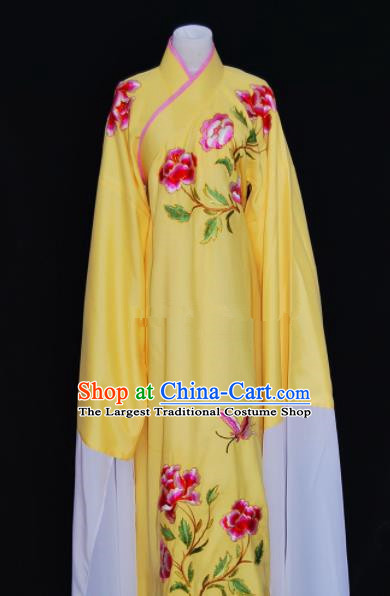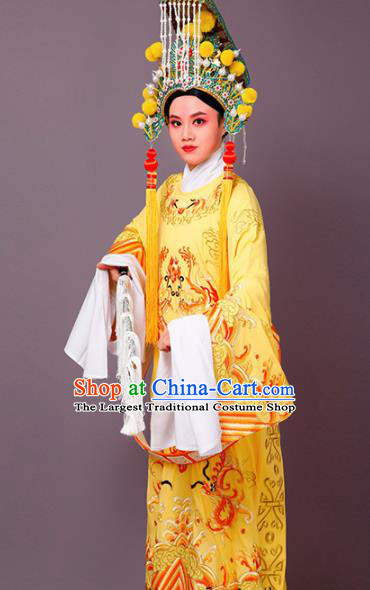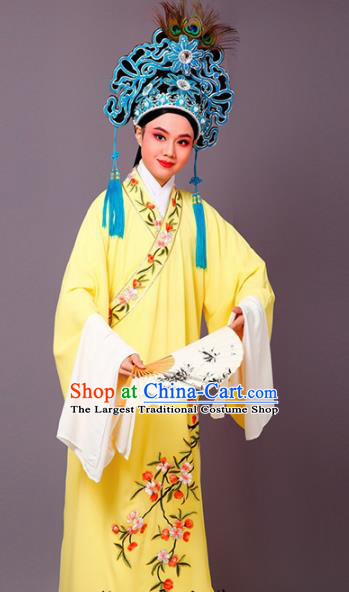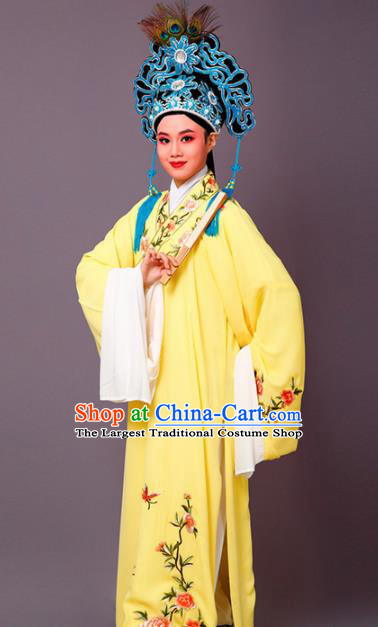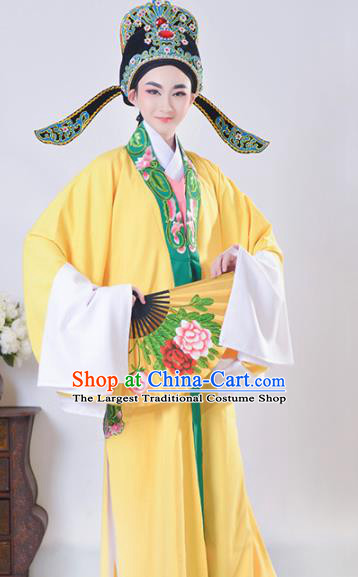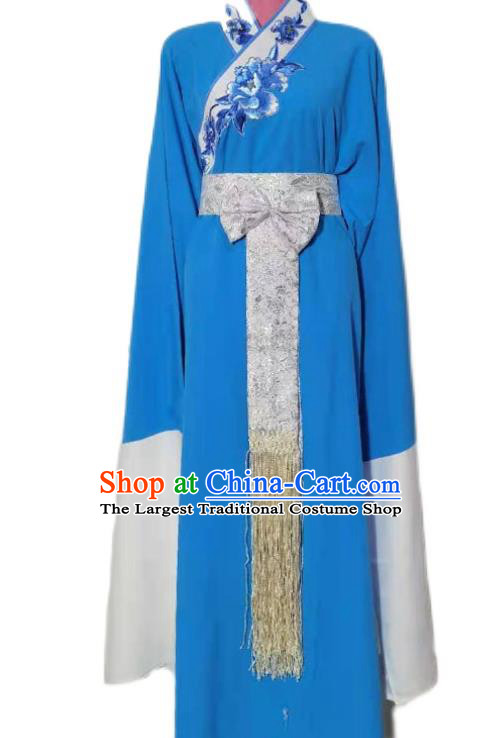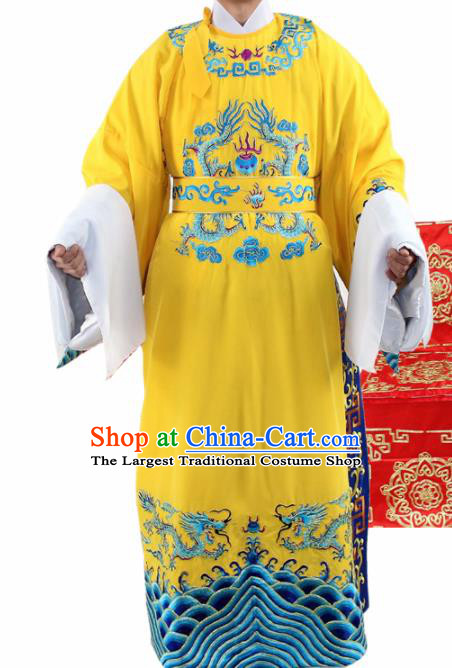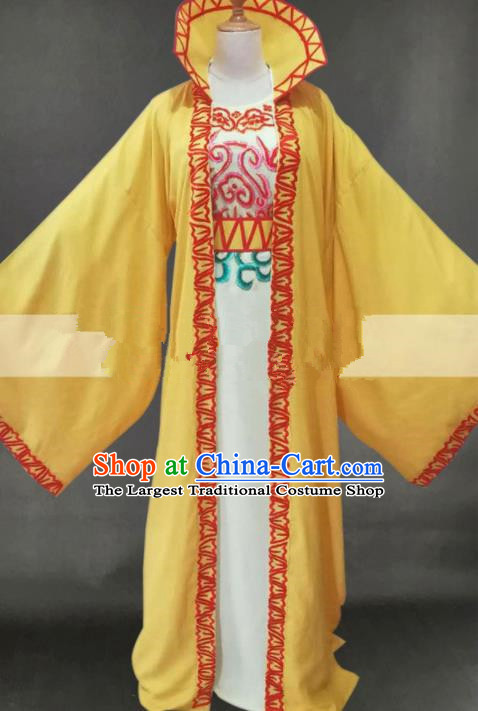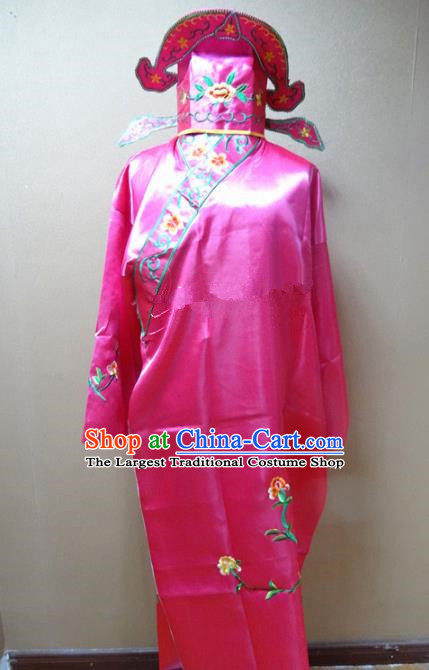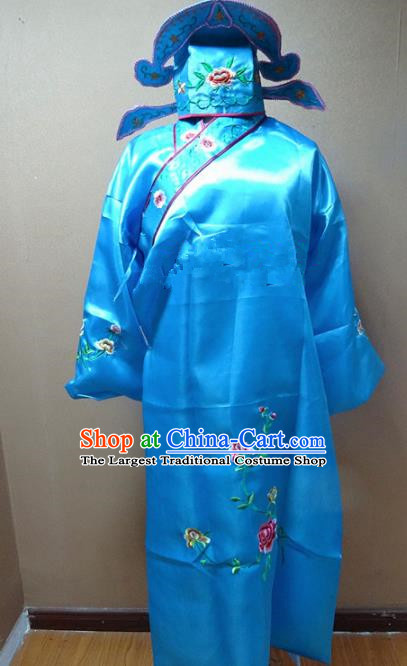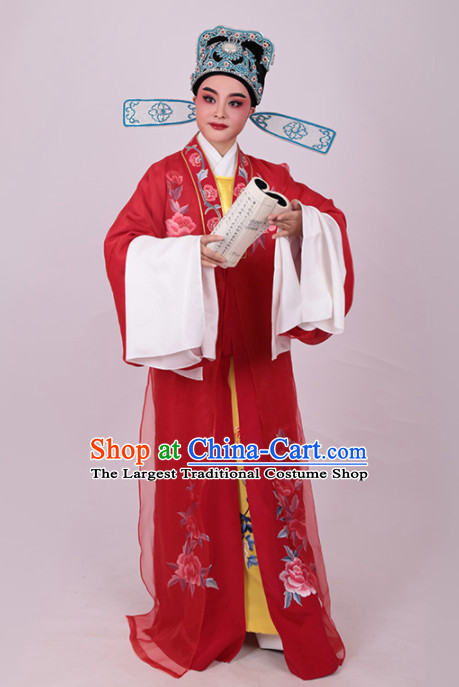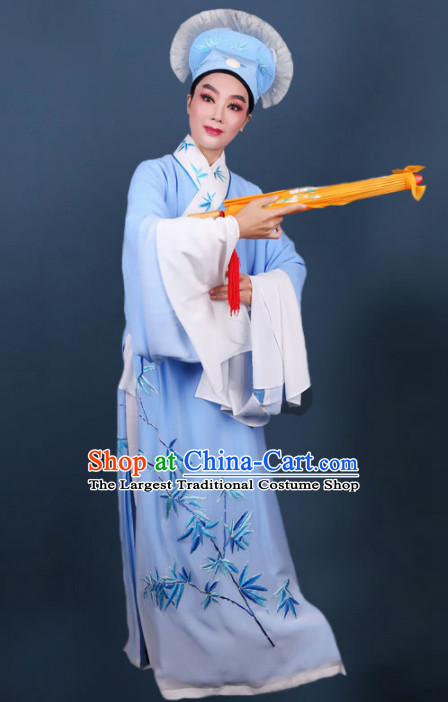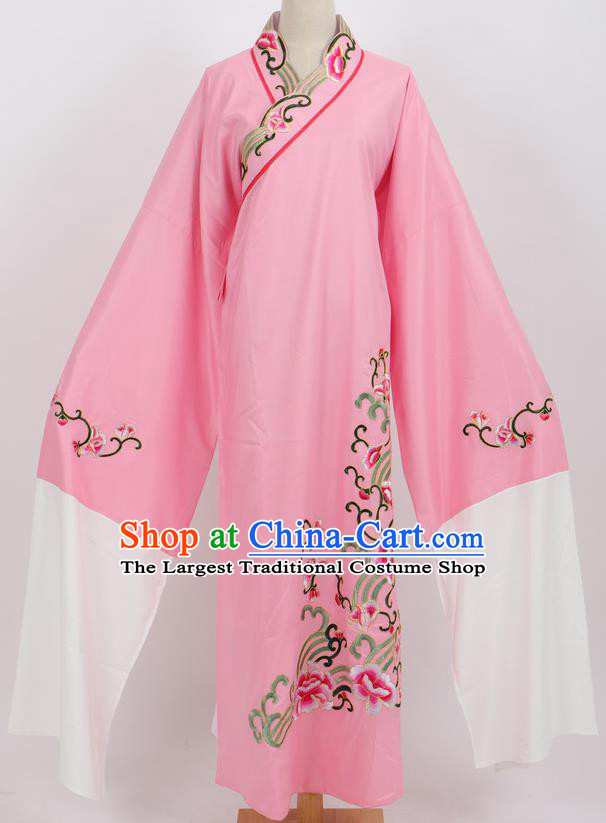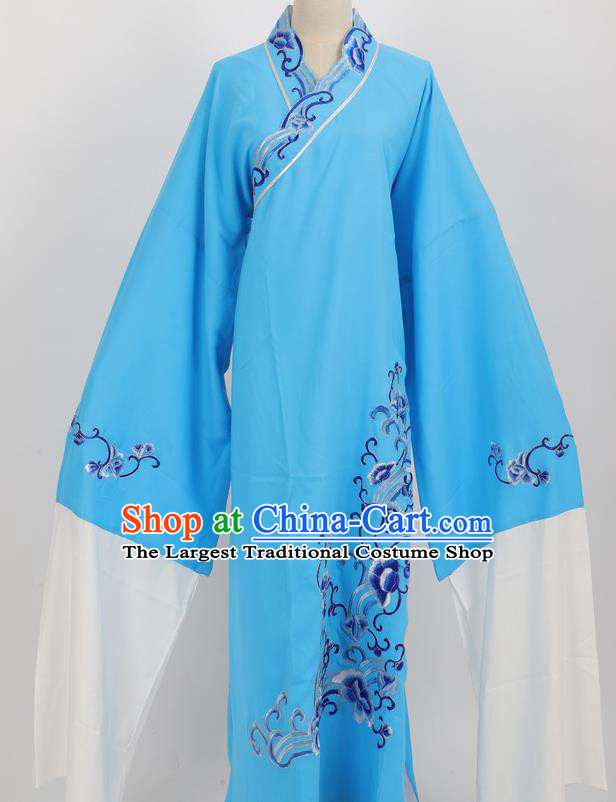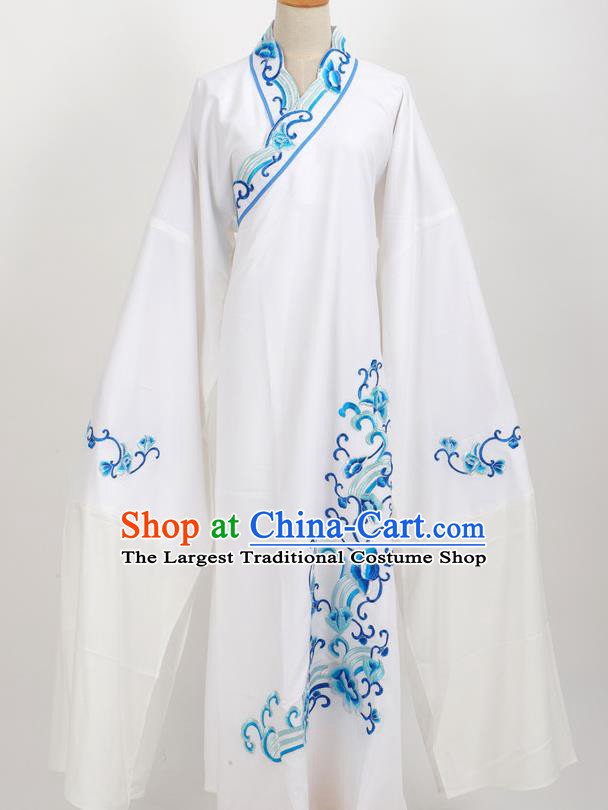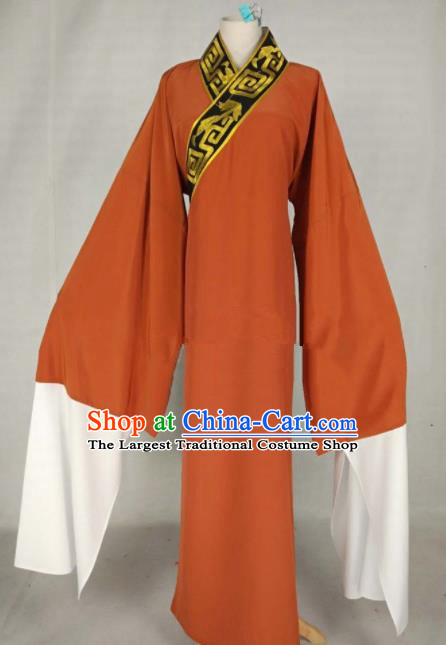
Click Related Pictures for More Audios:
The traditional Chinese Beijing Opera Niche Costume, also known as the Ancient Scholar Yellow Robe, is a stunning piece of cultural heritage that embodies the rich history and artistic expression of China's performing arts.
This exquisite attire is made from high-quality silk and features intricate embroidery, vibrant colors, and delicate patterns that are carefully crafted to create a visually stunning representation of ancient Chinese culture.
The Niche Costume is worn by actors during performances of Beijing Opera, a highly stylized form of Chinese theater that combines music, dance, and drama.
The costume itself is a symbol of the actor's status and character, with different styles and designs representing different roles and personalities.
The Ancient Scholar Yellow Robe, in particular, is reserved for male characters who play scholars or intellectuals.
The yellow color of the robe is significant in Chinese culture as it represents wisdom, intelligence, and good fortune.
The intricate embroidery on the robe adds to its beauty and complexity, showcasing the skill and dedication of the artisans who created it.
The design of the robe often includes images of animals, plants, and other natural elements that are believed to bring good luck and prosperity.
The Niche Costume is not only a beautiful piece of clothing but also a powerful representation of Chinese culture and history.
It serves as a reminder of the importance of art, tradition, and storytelling in shaping our understanding of the world around us.
By wearing this costume, performers not only honor their ancestors but also connect with their audience on a deeper level, sharing their passion for the arts and their love for their country.
In conclusion, the Traditional Chinese Beijing Opera Niche Costume Ancient Scholar Yellow Robe is a masterpiece of cultural heritage that deserves admiration and appreciation.
Its intricate design, vibrant colors, and symbolic meaning make it a true treasure of China's performing arts.
As we continue to celebrate and preserve this unique aspect of our cultural identity, we can look forward to future generations appreciating the beauty and significance of this magnificent garment.

